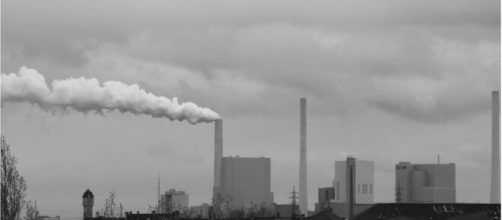A link between polluted air and deaths due to Coronavirus has been mentioned for a few days. The latter is clearly established thanks to a study by Harvard University, which shows the first statistical link between the mortality rate from Coronavirus and long-term exposure to fine particles.
To arrive at this result, scientists crossed the fine particle concentration data in 3,080 counties in the United States over the past seventeen years, with the number of deaths from Coronavirus, until April 4, in each of these counties. The parameters were then adjusted based on various factors that could influence the health of the people studied, such as population density, poverty level, and smoking rate.
More likely to die
This new study shows that patients with coronavirus in areas where air pollution was significant, before the pandemic, are more likely to die from the virus than patients in less polluted areas.
Other subsequent studies have also established a similar link. Scientists at the University of Siena have noted, for example, that the coronavirus causes acute respiratory syndrome in people who already have respiratory weakness caused by prolonged exposure to fine particles.
In 2003, a Chinese team also observed that patients infected with SARS (a cousin of the current strain of coronavirus), who lived in moderately polluted regions, were 84 percent more likely to die than patients in unpolluted regions.
Small changes, big consequences
The link between pollution and coronavirus mortality is such that an increase of only one micro-gram of fine particles per cubic meter (1 μg / m 3 of PM2.5), is associated with a 15 percent increase in the mortality rate of the coronavirus, adds the Guardian.
With these results, the New York Times made small calculations. If Manhattan had lowered its average particle level by one unit in the past 20 years, the borough of New York would likely have had 248 fewer coronavirus deaths at this stage of the epidemic.
Once again, such an analysis shows the impact that air pollution can have on health. Each year, nearly seven million people die worldwide because they breathe air overloaded with fine particles, according to the World Health Organization (WHO).
These particles, called PM 2.5, are found in almost every organ in the body and increase the risk of heart problems, strokes, asthma, pneumonia, and lung cancer.
With the containment and shutdown of many industrial activities, atmospheric pollution of the planet has been temporarily reduced - up to minus 40 percent of nitrogen dioxide released in northern Italy. Paradoxically, it is a respiratory disease that shows us the dire need for reducing global emissions and improving air quality.


